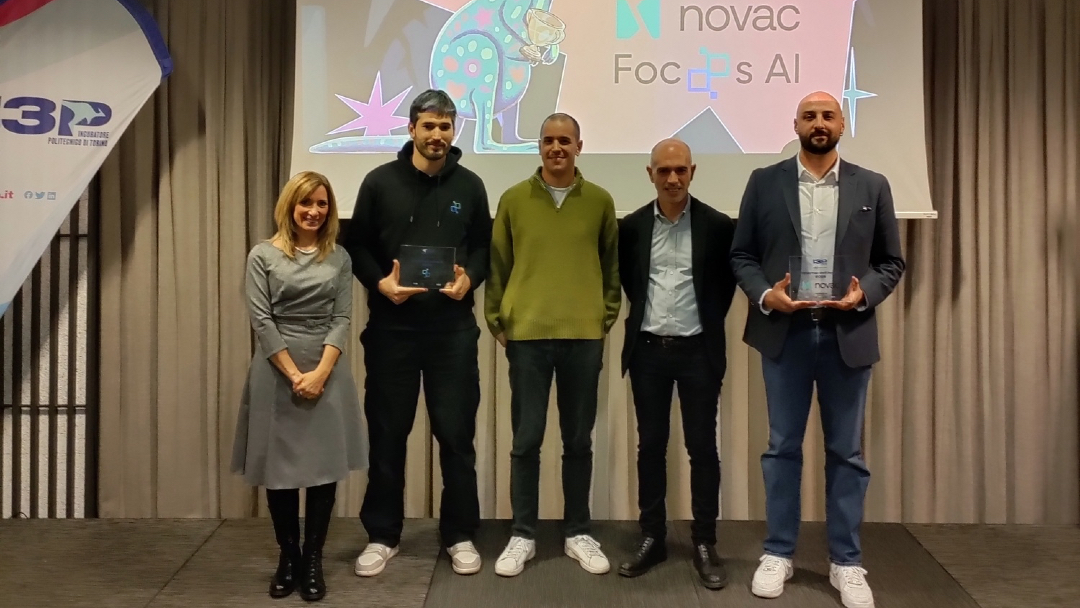The ASL To5 marks significant progress in the treatment of eye diseases, in particular in cataract and retinal disease surgery, thanks to the adoption of cutting-edge technologies such as the Alcon Unity system and the NGENUITY 3D three-dimensional visualization platform. These modern instruments represent a substantial evolution for eye surgery, offering specialists a superior level of control, precision and safety during interventions.
The Alcon Unity system, equipped with sensors that monitor eye pressure and temperature in real time, allows the surgeon a more stable and delicate operation, reducing intraoperative risks and promoting a faster and more comfortable post-operative recovery for the patient. In retinal diseases, the use of miniaturized instruments and a very high-speed probe also allows less invasive interventions, with reduced surgical times and significantly improved visual results.
In parallel, NGENUITY 3D technology offers an ultra-high-definition visualization platform that projects images on a large screen that are much sharper than traditional microscopes, allowing the surgeon and the entire team a broader and more detailed view. This innovation not only increases surgical precision, but also fulfills a fundamental teaching function: doctors in training can follow the procedures from the same perspective as the main surgeon, facilitating learning.
The management of the Ophthalmology department, led by Dr. Gaudioso Del Monte, underlined how this investment represents an important step forward to improve the quality of care and reduce waiting times for patients. Del Monte highlights that these technologies allow for more effective interventions and more efficient management of surgical procedures. The general director of the ASL To5, Bruno Osella, also indicated innovation as a concrete sign of the health authority’s commitment to improving the quality of care and supporting the work of professionals.
The adoption of these technologies inaugurates a new phase in which surgery becomes less and less invasive and more and more respectful of the delicate ocular structures. As Dr. Edoardo Ligabue, who uses this technology at the Vista Vision clinic in Milan, points out, the entire process, from the visit to the planning of the surgery and the choice of artificial lenses, is now supported by software equipped with artificial intelligence, which improves the effectiveness and safety of the operation.
The ASL To5 thus confirms itself as a virtuous example of public health that invests in innovation, quality and accessibility, confirming its attention to the needs of patients and the continuous training of its doctors.





